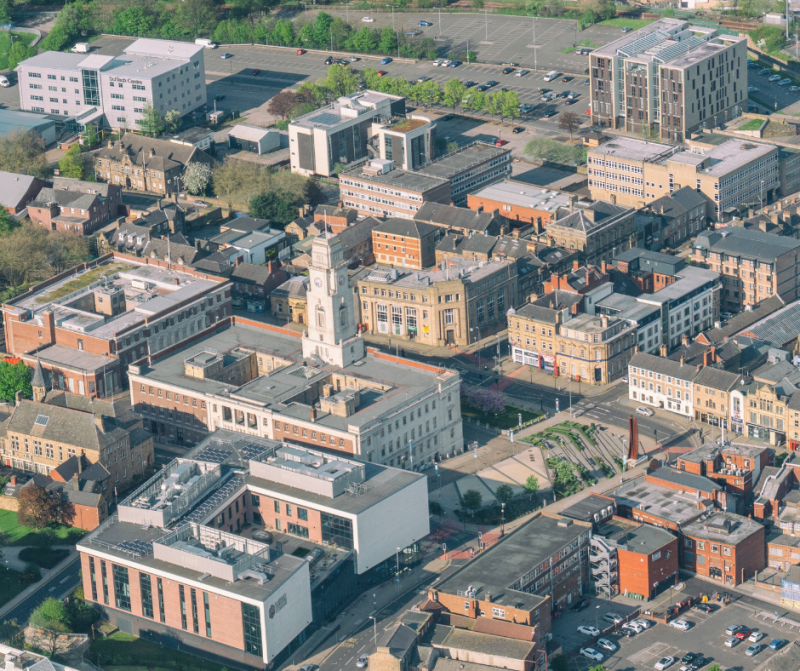A PICTURESQUE village which is home to a 900-year-old church and is overlooked by a sprawling country park faces ‘destruction’ if plans to create a huge solar farm are given the go-ahead.
The green belt site – which sits between Felkirk and skirts Rabbit Ings’ boundary in Royston – has been put forward for use by joint applicants Firma Energy and IB Vogt.
It is expected to produce enough renewable energy to provide electricity for 9,000 households per annum and will be in situ for 40 years if planning bosses approve the scheme.
A projected decision date of November 30 has already been set, the Chronicle can reveal.
Concerns have been raised over its suitability as it will be visible from the historic St Peter’s Church at Felkirk, from viewpoints at the popular Rabbit Ings and from Sandy Bridge Lane’s section of the Trans Pennine Trail in Shafton.
Coun Caroline Makinson, who represents the Royston ward, said: “Rabbit Ings is an important wildlife and proposed site is in close proximity.
“We have concerns on the impact of users of Rabbit Ings, which is a valued open space used by many residents and it benefits from having the open views of the surroundings.
“These could be significantly impacted by the proposal.”
According to documents, the 96-acre solar farm could be seen from as far away as Brierley – two miles away – given its size.
Shafton Parish Council and South Hiendley Parish Council have been consulted, with the latter lodging an official objection due to the particular visual impact it will have on the Grade I-listed church, which is more than 900 years old.
“The parish council consider the relatively small benefit of providing sporadic green energy to a relatively small number of homes is outweighed by the long-term destruction of wildlife habitat, heritage assets and productive farmland,” a statement said.
“The proposed site sits firmly in the green belt and is protected as such.
“It would be at odds with the countryside’s natural colours, patterns and textures and there are no mitigating circumstances which could outweigh the substantial harm that would be caused by this development.
“Neighbouring areas will also suffer – Rabbit Ings Country Park will have full view of the solar farm from a raised elevation.
“The need for renewable energy does not automatically override environmental protection.”
Nearby sites were also looked at by the co-applicants, including the former Monckton coking plant, but it was ruled out due to it being deemed too small.
Three neighbouring parcels of land were then identified, with access set to come via Lund Hill Lane, Royston.
A planning statement added: “This is a temporary development and at the end of the solar farm’s life, all equipment will be dismantled, removed from site and largely recycled.
“A solar farm allows agricultural land to rest during the operation period and at the end of the temporary planning permission it will be restored to its original status.
“A generous scheme of landscape planting is proposed which will also deliver significant ecological improvements for the project, ensuring the project provides a substantial biodiversity net gain.
“Careful consideration has been given to the development to minimise effects on landscape, heritage or ecological designations.
“Construction is anticipated to be completed within nine to 12 months.”
MP John Trickett wrote to the council to express his concerns.
He added: “Planning rules dictate that local authorities or the Secretary of State must take into account potential harm to green belt land and very special circumstances must apply for the development to proceed.
“Although I believe green initiatives should be encouraged in order to tackle the climate crisis, I do not believe this should be done by eating into land that is designated as green belt.
“I have previously spoken out on behalf of constituents regarding building on green belt land and I know people in the area feel passionately about protecting the natural environment.
“There is plenty of brownfield land nearby that would be more suitable for a solar farm.
“There are also concerns around the historic heritage of the area being impacted by such a vast construction of solar panels, including 11 listed buildings within one kilometre of the site.”
 Christmas
Christmas
















